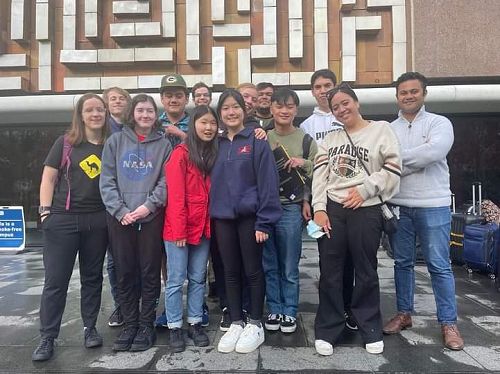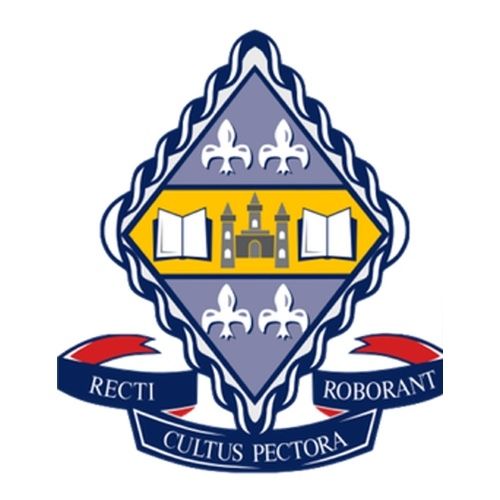
Nanocamp
During the holidays, I had the opportunity to go to Auckland with the MacDiarmid Institute on a science camp called Nanocamp. Covid had already delayed this trip as it was meant to run in January, and reduced the number of people that could go on the trip to 10 instead of 20-30. The trip also ended up being a bit shorter than originally planned but was an action packed 4 days.
Sunday, the 10th of July, I arrived at Auckland airport at around 2:00pm. After everyone had arrived and we got to know each other, we had dinner at a Korean restaurant and did an escape room. This was great for building a bit of team work with new friends.
Day two, Monday, we started our day at Auckland University where we first made mini customised vaka paddles using a laser cutter. We then programmed, decorated, and raced robots. My excellent skills in controlling the robot lead team Peppa Pig to victory… Until we agreed to race against the people running the session, it was still pretty close but, in the end, the professionals came out on top. After lunch we were treated to a tour around the University and got to see their scanning electron microscope. This is used for a wide range of research and the photographs taken from the microscope were fascinating. After our tour, we went to the MPI labs where we got to see how they analyse plants and animals for diseases and how they determine whether something is allowed into New Zealand or not. After dinner, there was nothing planned for the night, so we all decided to go see Thor: Love and Thunder at the movies.
On Tuesday, we went to Waiheke Island. I am pleased I packed the seasickness medication, as it was not a smooth ride. While on Waiheke Island, we visited a winery and vineyard where we learned about how they make different types of wine. We were allowed to smell the wines to identify the differences between wines but no tasting was allowed! We also collected plastics and shells at the beach to analyse the next day.
Wednesday was the last day, the samples we managed to collect at the beach the day before were able to be analysed using IR spectroscopy. We identified what type of plastic we collected using this machine and some reference sheets. Interestingly, some of the plastics we identified in our sand samples were raw plastics used to make things out of, rather than waste plastic. This raises the questions of where did they come from and how did they end up in the beach sediments? After this, we got to talk to some of the PhD students at the university and ask about their experience at uni. It was very informative to hear what they are researching and their university experiences. After lunch, one of our chaperones showed me what he was doing for his PhD. He was using gases and high voltage electricity to create plasma, which you were able to see in the machine. Although I didn’t fully understand what was happening and how it was happening, it was still pretty cool.
Overall it was an amazing experience and I am very grateful to the MacDiarmid institute for the opportunity.
Gallery


